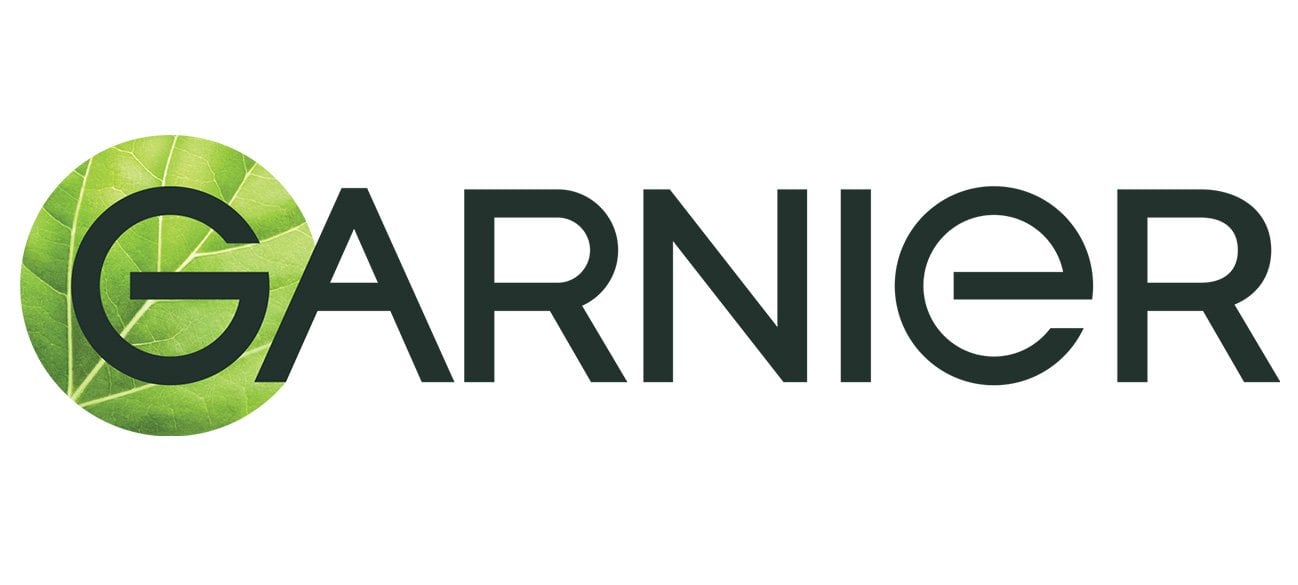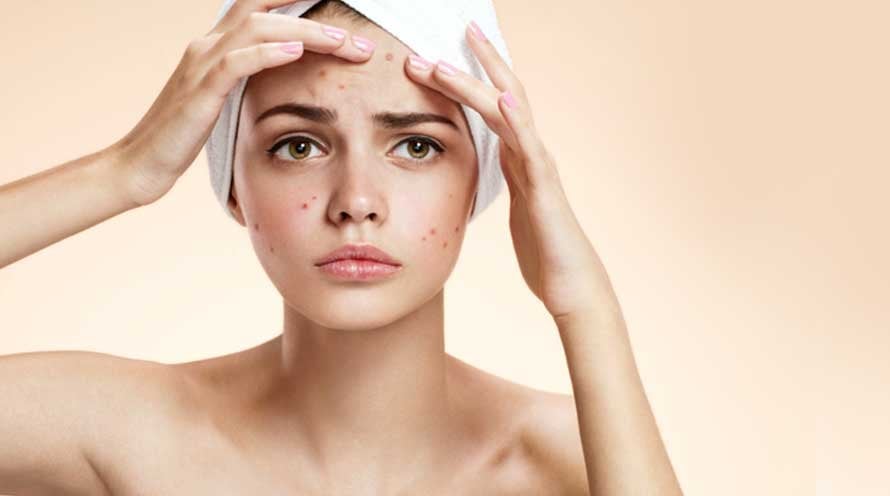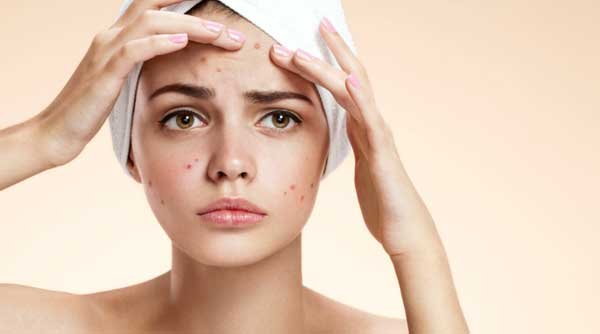Blackheads, acne and spots: what's the difference and how can you cure them?
Skin blemishes can play havoc with your complexion, have you reaching for the antiseptic cream and even throw your confidence for a loop. Whether you just have the occasional blackhead or a more long-term struggle with your skin, it's important to understand what kind of spots you are dealing with.
##What’s the difference between blackheads and other spots?##
All blemishes alter the complexion, but while some look red and angry, others are less noticeable. Blackheads are caused by blocked pores. They sit just beneath the surface of the skin and, as the name suggests, they have a black head. Unlike other kinds of spots, they are open, meaning air can get inside, causing the pore to turn black. Whiteheads are similar to blackheads, as they are caused by clogged pores - but in this case, they are entirely beneath the surface of the skin. The air can’t get to them, so they’re the same colour as your skin, but create a small, sometimes painful bump. Acne forms deep below the surface of the skin. The bumps caused by acne are accompanied by a painful throbbing sensation and unlike traditional pimples, they don't have a head. Acne is also linked to hormonal imbalances. As such, if you are prone to outbreaks, you often get them around the time of your period, and they usually appear on the lower half of the face around the chin and the jawline. Never squeeze these as they can easily get infected. Classic pimples are called pustules. They are hard, red, and often have a white or yellow middle that’s just begging to be squeezed. Of course, it’s best to avoid giving in to this temptation, since it can lead to scarring.
##The best way to tackle blackheads, acne and pimples##
Your everyday habits can have a huge effect on your skin. Using a gentle cleanser like Garnier’s Pure Active Neem Face Wash in the morning and evening will provide a good foundation for face care. You should also consider adding a toner to your skin care routine, since it will help break down the dirt, oil and dead skin cells on your skin’s surface. Moisturiser is another essential, as dry skin can lead to irritation and make your breakout worse - try a light moisturiser, which can provide lasting hydration without clogging your pores. Finally, you should also make sun cream a part of your morning skin care routine. For extra care a few times a week, try using a face mask to keep your skin fresh and revitalised. A soft clay mask containing activated charcoal, such as the Garnier Men XL Charcoal Mask and the Garnier Charcoal Serum Sheet Mask will naturally draw out dirt and excess oil, helping to prevent blackheads. Plus, you can even use it as a scrub and a wash!
Finally, diet plays a very important role in overall skin health. Drinking plenty of water will help flush out the system and rid your body of toxins, and a diet rich with fruits, vegetables and other healthy ingredients also does wonders for the skin and helps you achieve naturally radiant skin. Do not stop taking care of your skin when your youth is over.
Understanding your skin is the first step to managing blackheads, acne and pimples. Once you’ve got the terminology figured out, it’s time to establish a skin care routine that keeps your skin hydrated and balanced, ultimately making breakouts easier to manage.


